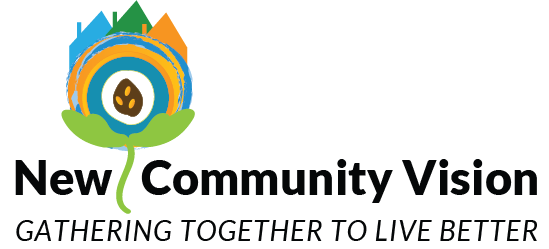The Nightmare
Image by Jon Tyson Unsplash
I Had a Terrible Nightmare
On either side of the walk, two homeless men lay face down in shallow, fetid puddles, drowning. The man to my right, near death, moved only to brush at his temple, as if swatting a mosquito. My heart pounded as passersby stepped around them.
Passersby’s Indifference Strengthened
My Conviction
What stunned me wasn’t only the drowning—it was the indifference. We can grow so used to hardship that we stop seeing it. If we don’t notice our neighbors’ distress, we won’t act to change it.
I awakened with renewed conviction to continue my work of promoting housing alternatives that are affordable, sociable, and secure. My vision grows stronger and clearer, needing a few more pieces to complete the jigsaw puzzle.
Why This Matters
We must acknowledge that our government has no plan to remedy this crisis with enough speed, imagination, or vigor to get people off the streets, much less out of shelters and into stable living arrangements.
Therefore, it is up to us. We can and we must save each other and ourselves. The raw material to fix this housing crisis already exists and, if we corral our resources and redeploy them in a new way, we have a shot at making significant headway on housing.
Providing safe, secure housing will have profound ripple effects on health and education. People living in stable households will have better food and nutrition. Living without turmoil will have a positive effect on education.
These posts describe shared housing—how it would work and its potential to substantially and positively impact the train wreck that is housing in this country.
What You Can Do Next
Read the next post in this series on shared housing and forward it to one person who cares about housing.
Write down one task you’d love help with and share it with a friend or neighbor this week.
If you have a spare room (or know someone who does), jot three qualities of a good housemate—then start a conversation.

